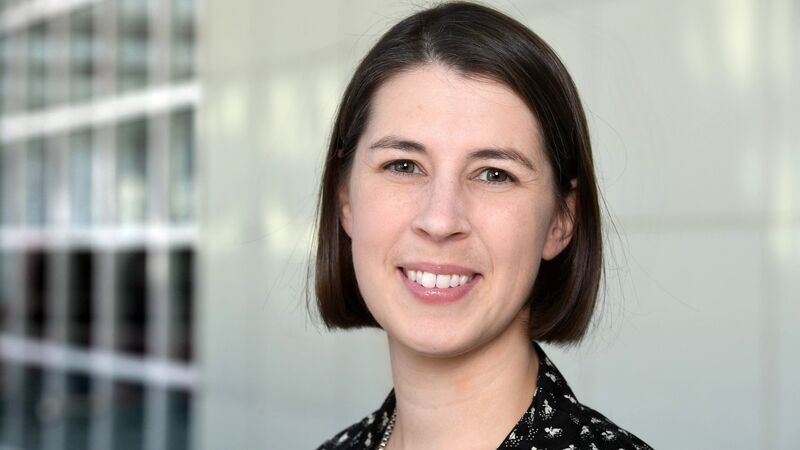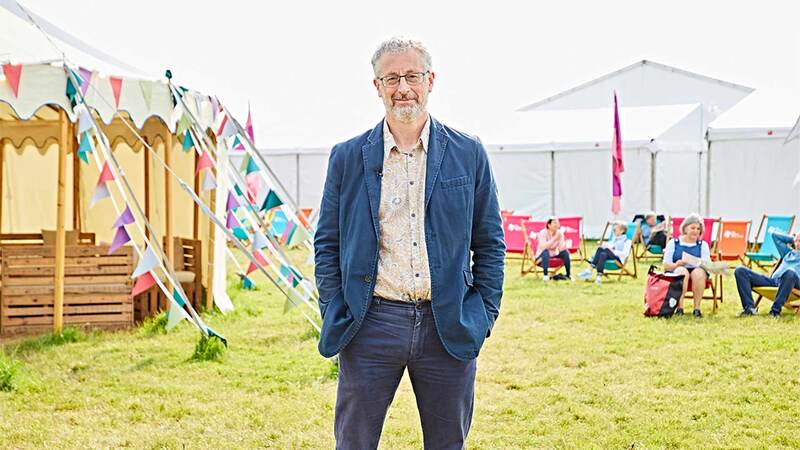You are viewing your 1 free article this month. Login to read more articles.
Closing the loop
In order to make a substantial lasting change to the sustainability of the trade, we must create a circular economy focused on book reuse and resale
Apparently, it’s easy being green. Boris Johnson said so at the UN recently, so it must be true. “It’s not only easy,” he said, “it’s lucrative”. And it’s reasonably simple to see why a casual observer might think so. Surely all you have to do is plant some extra trees, eat some tofu, meet on Zoom instead of zipping through the glare of duty-free and the job’s done. Isn’t it?
Unfortunately, of course, the green agenda is never really as simple as it first sounds. Tree-planting is a finite solution. Overproduction of soy has an impact on patterns of land use and soil depletion. And so on…
Products will remain in the market for longer. Reuse will become the norm. Our challenge is around how we choose to respond to those developments
Books are even more complicated. How, for example, would you calculate the carbon footprint of a hypothetical hardback? On the basis of its paper? The glue? What about printing efficiency? How many litres of ink goes into the average book these days, anyway? And is your book less green if it’s shipped using a diesel lorry? Indeed, since some books have promoted ideas that have had a positive impact on global health, wellbeing and, yes, on sustainability, is it even worthwhile measuring the carbon in a book? How do you measure the carbon footprint of an idea, or of the empathies bred by books more generally?
What we do know is this: 86%–94% of a book’s carbon footprint is taken up in its original paper production and printing processes. Each time a book is discarded, that carbon investment is effectively lost. So no matter what other complexities exist around books and the ecological agenda, there seems to be some areas that we could and should tackle. Specifically, could we lengthen the lifecycle of each book we sell? After all, each time someone buys and reads a used book they are saving a book’s-worth of carbon footprint. Not to mention adding value to its original production costs.
Other industries are catching on to this idea. In fashion, retailers have begun extending various product lifecycles. Rental and resale models in the garment trade enable customers to refresh their wardrobes without the customary guilt or high price tags of the high street. With furniture you now “upcycle”. With electronics, you “trade in”. So what are we going to do in the book trade?
I began my bookselling career in the 1990s. I’ve sold books to tourists for the National Trust (civilised), academic books to students (not so civilised), worked in the high street (where we all know you can forget civility entirely, especially at Christmas), and even had the privilege to run book events across the UK and on various digital platforms. Over those 20(-ahem) years, I’ve seen our industry evolve at a phenomenal rate. We have all become super-booksellers: faster, harder, stronger. More efficient at raising sales, increasingly good at refining our business models, we have nipped and tucked to meet demands and maintain margins. Through that work we are already doing a huge amount to reduce the environmental impact of our operations and supply chains.
Through greater efficiency, improved logistics, carbon offsetting and a host of other measures, publishers have taken huge steps to ensure that books are printed responsibly. Great swathes of the industry have already set ambitious goals to achieve carbon neutrality—well ahead of any government targets—or, like Bookshop.org, have achieved carbon neutrality already.
But the basic challenge remains. No matter how much we improve our model, crucial and commendable as that is, that model is largely unchanged. It’s linear. We sell a book to a customer. They read (or not) the book and dispose of it. We sell them another book, and they dispose of that. And so on. One report estimates that 640,000 tons of books end up in landfill annually in this way, each one producing methane as it decomposes.
This is a boon commercially. But in environmental terms it presents a problem. We are not merely selling a book to our customers; we are selling to them the ecological responsibility of our product. We are putting the onus on customers to determine the environmental impact of our industry. We have a responsibility to help customers dispose of books in a more sustainable way. In fact, we need a new approach, one that looks at books not as mere products sitting on the counter, but as forces-for-good moving in circulation. We need a more circular model.
The blueprint
The idea is pretty simple. We should buy back the books we sell and resell or recycle them in a structured, customer-centric way. This saves books going into landfill (the very worst option for them ecologically), and enables us to engage with the idea of “reuse”, which is the greenest tool the global system has to combat the problem.
Naturally, this makes people nervous. Authors, publishers and booksellers rely on a financial model that is built on churn. But to be honest, we may be underplaying how much reuse is already part of our industry, and how much we might be able to rely on reuse to invigorate new markets. Back in 2002 when I worked at Blackwell’s, “student buy-back” was a core part of the business. Some core texts had a predictable resale value, and gave us a steady income. “Buy-back” was good for our customers, whether they were buying for the new semester or selling from the last one.
Modern customers also seem to want to engage with books in this way. There’s currently no standard market measure for used book sales, but it is thought to be minimal. Based on our sales at AwesomeBooks.com, I suspect we may be underestimating. Increasingly we see customers are voting with their wallets and buying used books.
Why? Price is clearly a factor, but so is social impact. In a recent study by Nielsen, 66% of post-pandemic consumers would prefer to support businesses that have a positive impact on the world. These people are generally willing to pay more for a sustainable brand. If we look only at so-called Millennial and Generation Z consumers, the proportion goes up to 72% and 73% respectively. Our customer base at AwesomeBooks has grown exponentially over the past three years in precisely these demographics.
We have also found that more of our customers are buying used books as a way of author discovery. Often when these consumers find an author they like, they buy that author’s entire backlist in new books. By selling used books, we have driven new book sales up by more than 300% against the same period last year. Reuse does not mean locking ourselves into resale.
I strongly suspect that while book sales are growing generally, book readership is in decline. A smaller pool of people are buying more and more books. Plenty of people now, and lots of children especially, do not have a book of their own. Access to books is collapsing. The pandemic has not helped. And so models that grow our market are now as important as those that protect it. At AwesomeBooks we run a Buy One, Give One scheme on every book we sell. Each purchase triggers the donation of a book through the National Literacy Trust. Schemes like this might not work for every business. But we could all encourage customers to bring their books back to our shops to help drive donations to stimulate new readers.
Whatever the future holds for our industry, I firmly believe a more circular global economy is inevitable. Products will remain in the market for longer. Reuse will become the norm. Our challenge is around how we choose to respond to those developments.
Navigating these waters won’t be as easy, perhaps, as some may like us to think. But a socially responsible, ecologically sound, commercially viable option is in all our interests. “It’s not easy being green,” said Kermit the Frog. And that’s precisely why the effort is so valuable.
Simon Mackay is head of books at AwesomeBooks, a former bookseller and a former staffer at the Edinburgh Literary Festival.










